Notebook
-
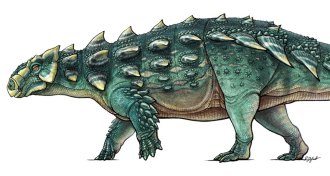 Paleontology
PaleontologyNew dinosaur resurrects a demon from Ghostbusters
The most complete skeleton of an ankylosaur shows an armored, club-tailed dinosaur with a head like a Ghostbusters demon.
-
 Astronomy
AstronomyScalding hot gas giant breaks heat records
KELT 9b’s sun blasts it with so much radiation that the planet’s dayside is hotter than most stars and its atmosphere is being stripped away.
-
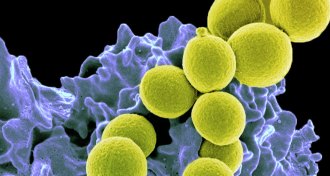 Health & Medicine
Health & Medicine50 years ago, antibiotic resistance alarms went unheeded
Scientists have worried about antibiotic resistance for decades.
-
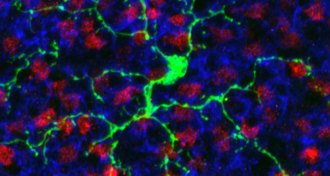 Health & Medicine
Health & MedicineResearchers stumble onto a new role for breast cancer drug
At first, ophthalmologist Xu Wang thought her experiment had failed. But instead, she revealed a new role for the breast cancer drug tamoxifen — protection from eye injury.
-
 Paleontology
PaleontologySea scorpions slashed victims with swordlike tails
Ancient sea scorpion used a flexible, swordlike tail to hack at prey and defend against predators.
-
 Planetary Science
Planetary ScienceWhy you can hear and see meteors at the same time
People can see and hear meteors simultaneously because of radio waves produced by the descending space rocks.
-
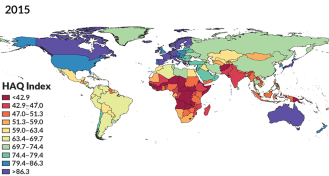 Health & Medicine
Health & MedicineGlobal access to quality health care has improved in the last two decades
Health care quality and availability improved worldwide from 1990 to 2015, but the gap between countries with the lowest and highest levels of care widened.
-
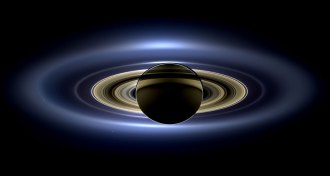 Planetary Science
Planetary Science50 years ago, an Earth-based telescope spotted Saturn’s fourth ring
Scientists now rely on spacecraft to chart the intricate rings of the gas giant.
-
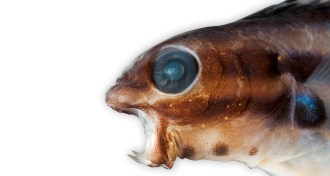 Animals
AnimalsBlennies have a lot of fang for such little fishes
Unlike snakes, blennies evolved fangs before venom, through probably not because of any need to hunt big prey.
By Susan Milius -
 Earth
EarthIce particles shaped like lollipops fall from clouds
Small ice particles called ice-lollies, because of their lollipop-like appearance, can form in clouds.
-
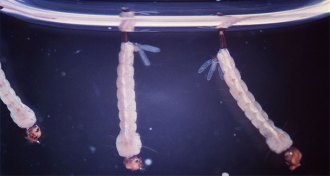 Animals
Animals50 years ago, U.S. fell short on mosquito eradication
Researchers boldly predicted mosquitoes’ demise 50 years ago. They never came close.
-
 Climate
ClimateRadical idea could restore ice in the Arctic Ocean
Windmill-powered pumps on buoys throughout the Arctic Ocean could help bring back shrinking sea ice, researchers say.
By Sid Perkins